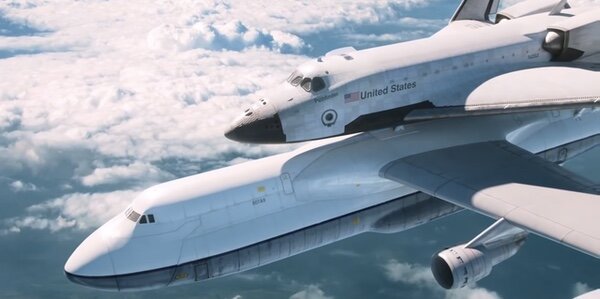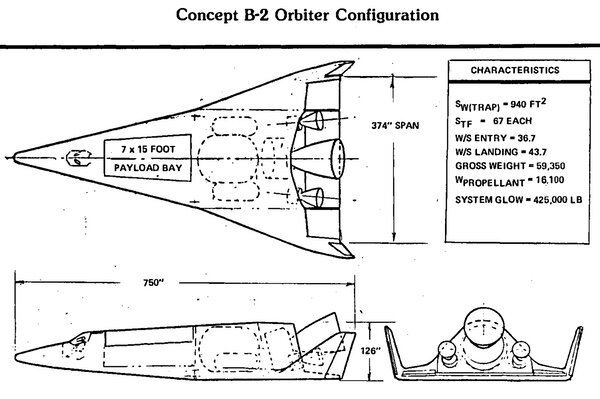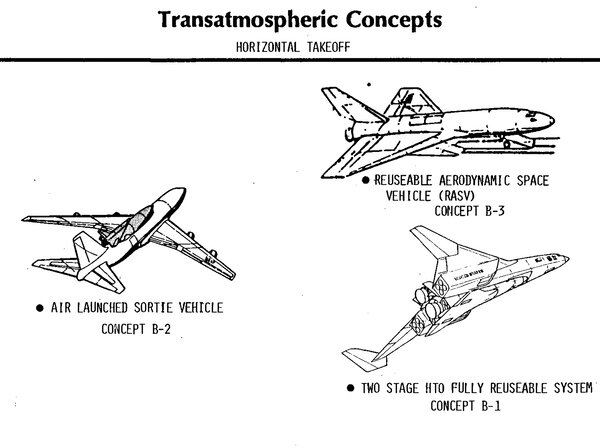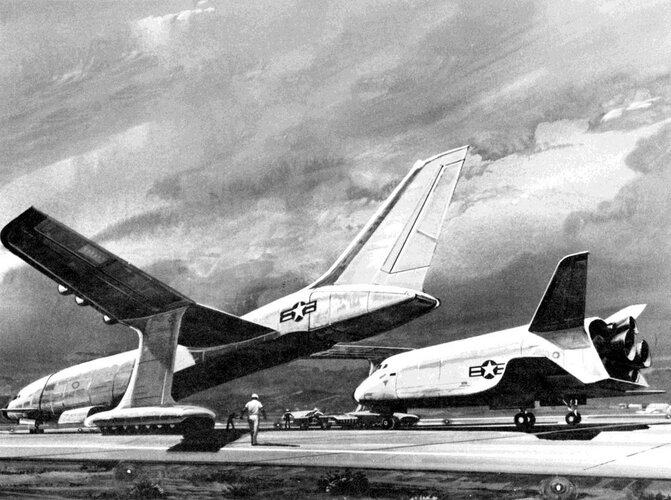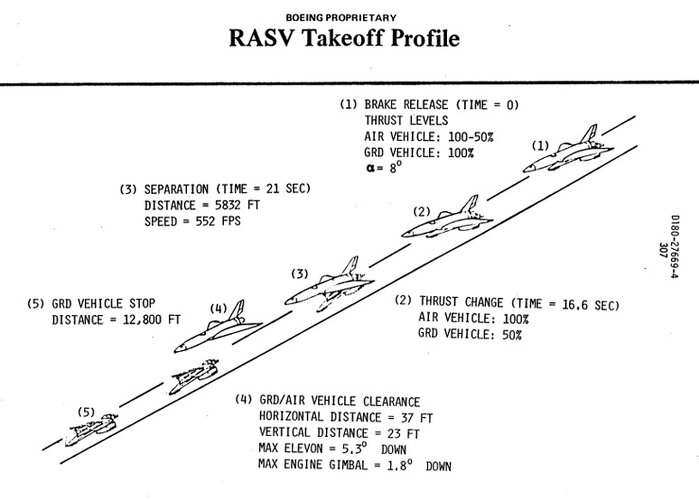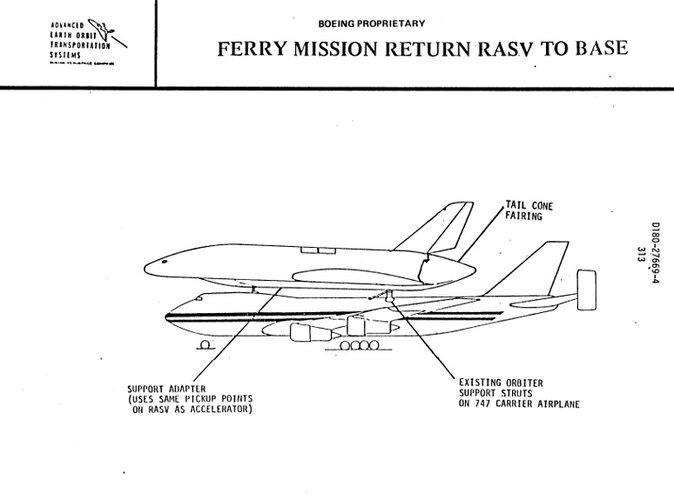- Joined
- 26 September 2008
- Messages
- 1,960
- Reaction score
- 738
Dwayne A. Day ALSV series at The Space Review (1 2 3 4)
My new article will appear in the next couple of weeks (probably April 19). I complied several of the previous articles, but then added in a bunch of new stuff from a slightly later study on the ALSV. The ALSV was proposed by somebody at the Air Force, then studied by several contractors, including Pratt & Whitney with Boeing as the subcontractor.
My article is going to appear in a couple of weeks. Based upon my research (some of which you can also figure out using the above links), it looks like the ALSV was the initial proposal, coming from the Air Force itself. So the ALSV was studied in several forms around 1982. It then appears that the Air Force asked several contractors to look at the broader issue of "Trans Atmospheric Vehicles," which seems to have been a slightly obtuse way of saying horizontal launch of a reusable space vehicle. So various contractors then looked at several options under the TAV banner:
-new carrier aircraft and rocket-powered orbiter
-existing carrier aircraft (either 747 or C-5) and rocket-powered orbiter
-horizontal rocket-sled launch of a rocket-powered orbiter
Although the records are incomplete, the similarity of the different contractor studies strongly implies that USAF asked for these studies and defined the concepts. Otherwise, it's not clear that all of the contractors would have looked at rocket sleds.
I'm primarily interested in the ALSV proposal because that seems to have received the most attention, and it was the most near-term proposal. Some estimates indicated that they could go operational about 8 years after the go-ahead, meaning around 1991 or so. The other proposals would require a lot more development time, making them operational in the mid-1990s. (Note that the proposed development time for the ALSV would have been about equal to that for the space shuttle.)
Something that I discovered with some new research is that although Pratt & Whitney did the initial ALSV study with Boeing as a subcontractor, it appears that Boeing later got a prime contract to study it. That's because the initial study assumed that the engines drove the design, so they put an engine contractor in charge. But when it came to the TAV, there was no way that P&W could have done all those studies, so it made more sense for Boeing to do that. Somewhat ironically, the Pratt & Whitney study envisioned a lot of engines--an SSME on the tail of the 747 and 9-10 RL10 engines in the ALSV orbiter. But once Boeing took over the study, the number of engines went down.
Last edited by a moderator:

